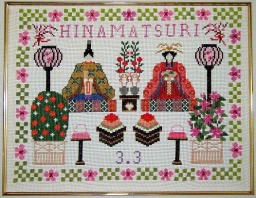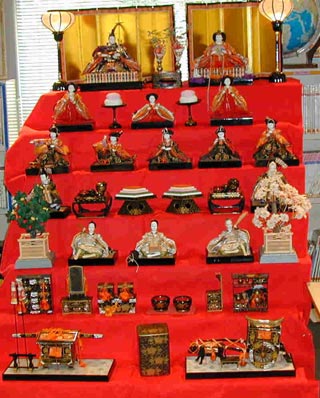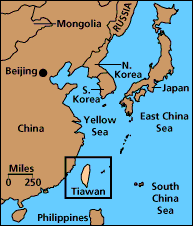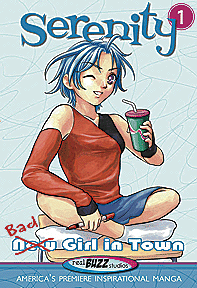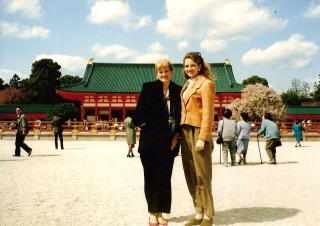I’ll have to update you on my plans to have a Japanese tea party with my daughters yesterday. Well, it didn’t quite happen like I’d hoped. After school, I had two hours to prepare a meal to take to a friend’s house whose toddler just came home from nearly a month in the hospital. So I was busy every minute.
Yet because I’d blogged about the Japanese Doll Festival, I remembered to pour the girls apple juice in pretty teacups. I couldn’t sit down with them because I was making my usual poppy seed chicken and a few side dishes. While I chopped and stirred, we talked about this Japanese celebration, and I asked if they remembered my small origami Hina Matsuri craft.
“Do y’all remember?” I asked. “It had a little drawer that opened, with candy inside?”
“Oh, yeah. I remember. I ate that candy that had all the swirls in it.” my second grader informed me.
So, it’s confirmed. One of my children has eaten ten-year-old candy and lived to tell about it.
We did eat with chopsticks last night — probably because the rice I made turned out a bit clumpy, and my son noticed it would be easy to eat with chopsticks. Actually, he got out the wooden shishkabob skewers and ate with those. The girls used my pretty painted chopsticks that are made of plastic — but the rice is more slippery to eat.
My kindergarten-aged daughter lost her first tooth yesterday. I ended up pulling it before dinner. She had me laughing so hard — every sentence she said throughout the afternoon included something about her loose tooth. Here are some examples:
“My tooth got loose today at school because I ate an apple … I hope we’re not having apples for supper because I have a loose tooth … I think I’ll look like a first grader if I lose my tooth today … Will the tooth fairy come visit me if I lose my loose tooth? … Does a loose tooth hurt when it comes out? … Do you think Daddy knows that I have a loose tooth? … I better call Daddy and make sure he knows I have a loose tooth.” Etc. Etc. About 900 more times.
You know, I just realized we don’t have a Daughter’s Day here in America. We have a Mother’s Day of course in May. But why not a special day to celebrate daughters?
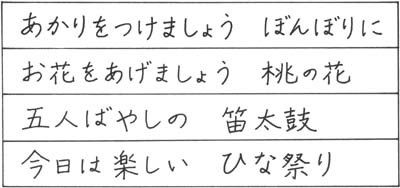
I found this little Japanese song that is enjoyed on Hina Matsuri. I got out my dictionary to look up some of the words, then I found a translation online. I would translate it a little differently:
Akari o tsukemasho bonbori ni. Let’s go light the Japanese paper lanterns.
Ohana o agemasho momo no hana. Let’s offer the peach flowers.
Go-nin bayashi no fue taiko. Five musicians will play tamborines and flutes.
Kyo wa tanoshii hina matsuri. We enjoyed today’s Doll Festival very much!
What do you think, Momkori-san?
We enjoyed our Doll Festival very much too! 🙂






